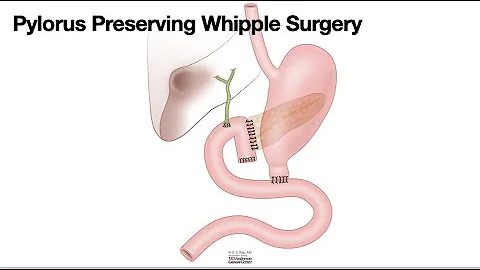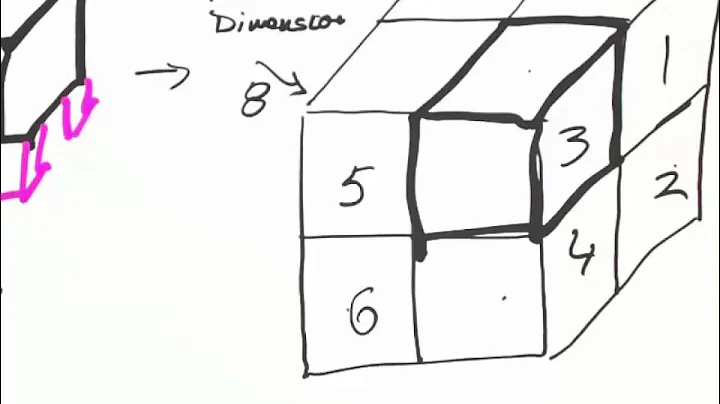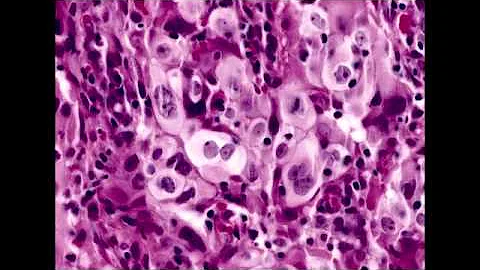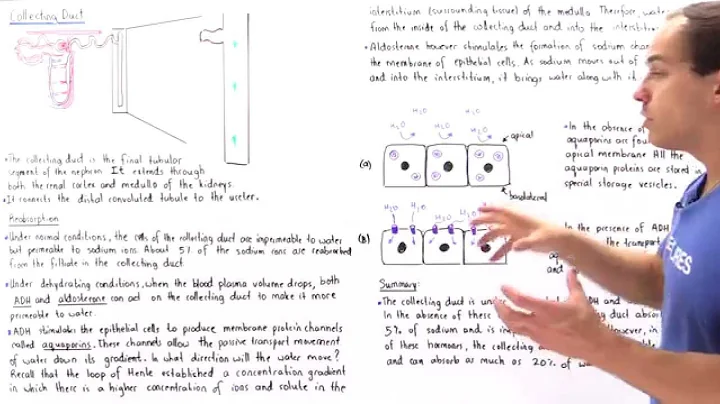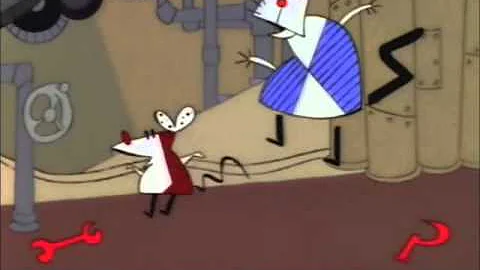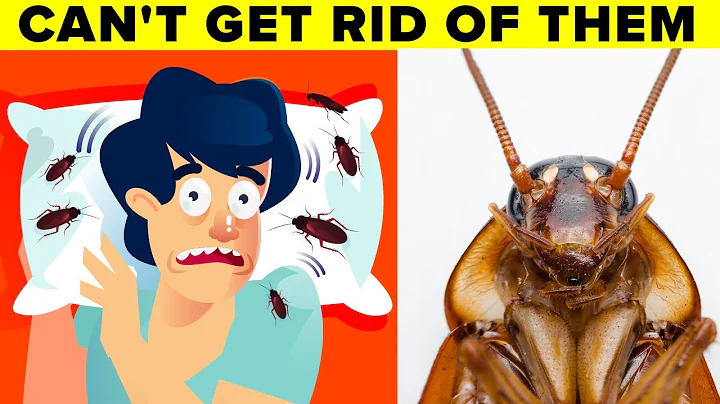The mid-Cretaceous pterosaur from northeastern Australia is the most complete Australian pterosaur described to date, represented by a partial skull, incomplete neck series and wing elements. A comprehensive skeletal scan was performed, leading to a revised diagnosis of this taxon. We are unsure whether these specimens are attributed to taxa. A detailed description of the retrocranial material also provides for reassessment. There are subtle differences in the analysis.
Compared to other parts of the world, Australia has a modest pterosaur fossil record. Fewer than 20 specimens have been formally described, most of which consist of isolated and fragmentary remains. All pterosaur specimens found so far from Australia date to the Cretaceous period.
The most complete Australian pterosaur and the only known partial skeletal specimen. This specimen is described in detail and reassessed the early to mid-Cretaceous subpterosaur fauna of northeastern Australia.

Distribution of surface exposures of Cretaceous sediments in Queensland
Although fragments of individual bones were scattered at some distance from the fossil material, the elements found were combined with other elements. This includes the occlusal and interlocking premaxillary-maxillary and mandibular symphyses, the ulna and radius (the cortical bone of the ulna is preserved on the radius according to synchrotron data), the left metacarpal IV and the proximal end of the first pterygoid (with fusion of the extensor tendon process), and a fragment of the non-flying metacarpal in the iron stone on the posterior surface of the left metacarpal IV. Given that no other vertebrate fossils have been found at this site, and all specimens are consistent in size and have no repeating elements.

Holotype skull

Holotype mandible
In the palatine view, The lateral margin of the anterior end of the premaxilla is rounded,

The holotype skull
The maximum length of the angular preserved part is 50 mm, and the maximum dorsoventral height is 20 mm. Maximum labial and lingual width is 23 mm.
The spine consists of the following five parts cervical vertebra .

The spine
The cervical vertebrae include the condyle and part of the vertebral body that projects outward on the right side. The dorsal, anterior, and left surfaces are incomplete, exposing internal trabeculae filled with stroma. Well preserved, 21 mm anteroposteriorly, 11 mm dorsoventrally central (excluding exoprocesses) and 21 mm laterally including exoprocesses. The condyles and external processes retained in this vertebra appear to be laterally wider and stronger compared to the cervical vertebrae.
The chest girdle consists only of the incomplete right shoulder blade.

shoulder blade
positive type left fit .

positive type left fit
positive html type 1 indeterminate non-winged manual phalanx.

Manual phalanges
Fourth metacarpal bone. The left and right metacarpal bones of are preserved. The right metacarpal bone is incomplete, including the proximal articular surface and part of the diaphysis. Although largely undeformed, the distal end of the shaft has been flattened anteroposteriorly, and part of the posterior surface is incomplete, leaving the internal trabeculae exposed with associated gypsum crystals.

The fourth metacarpal bone
Part of the pterosaur teeth.

Pterosaur postcranial remains

Pterosaur postcranial remains
Pterosaur right metacarpal bone

Pterosaur right metacarpal bone
Pterosaur restored 3D model

Pterosaur restored 3D model



